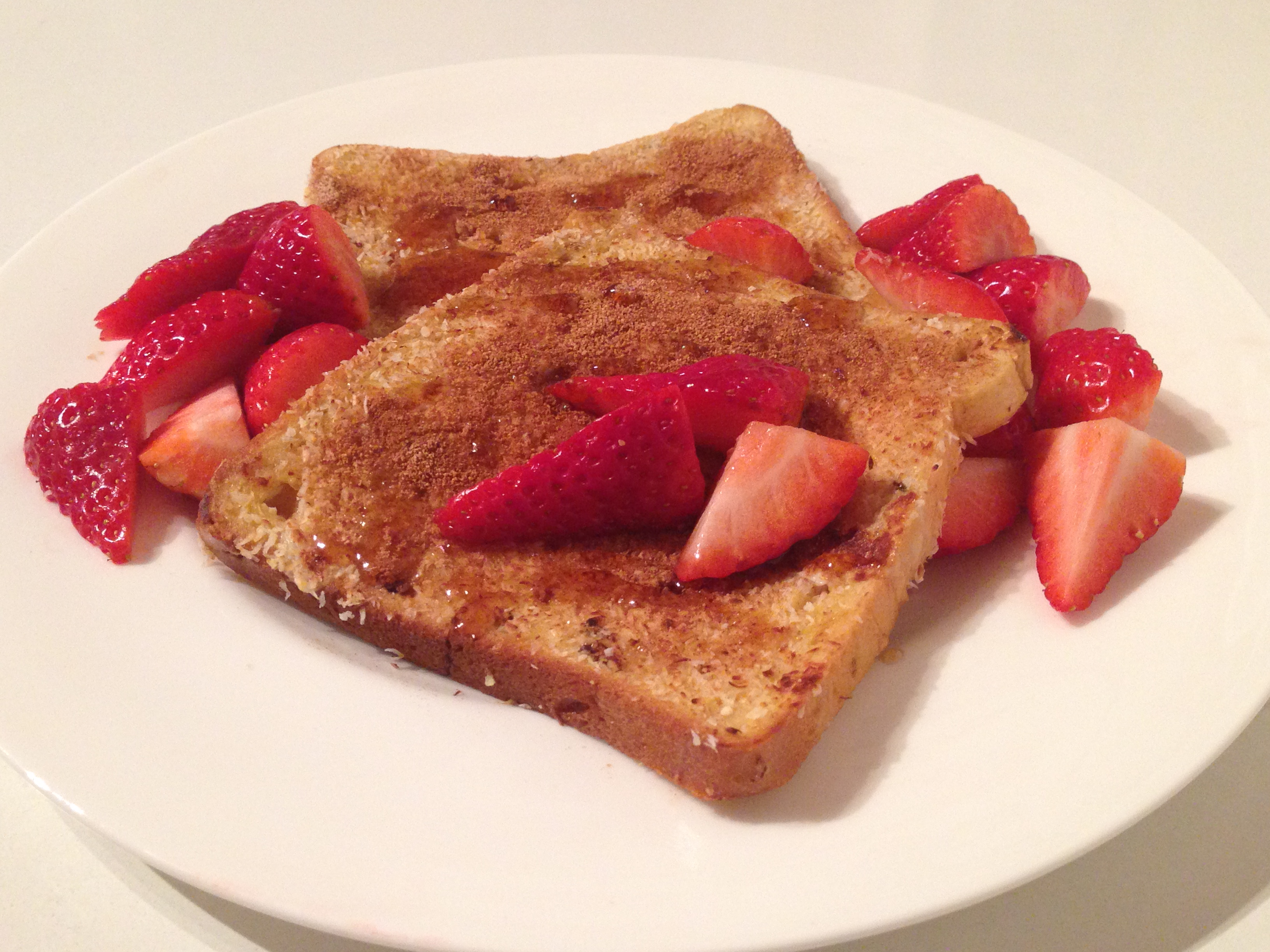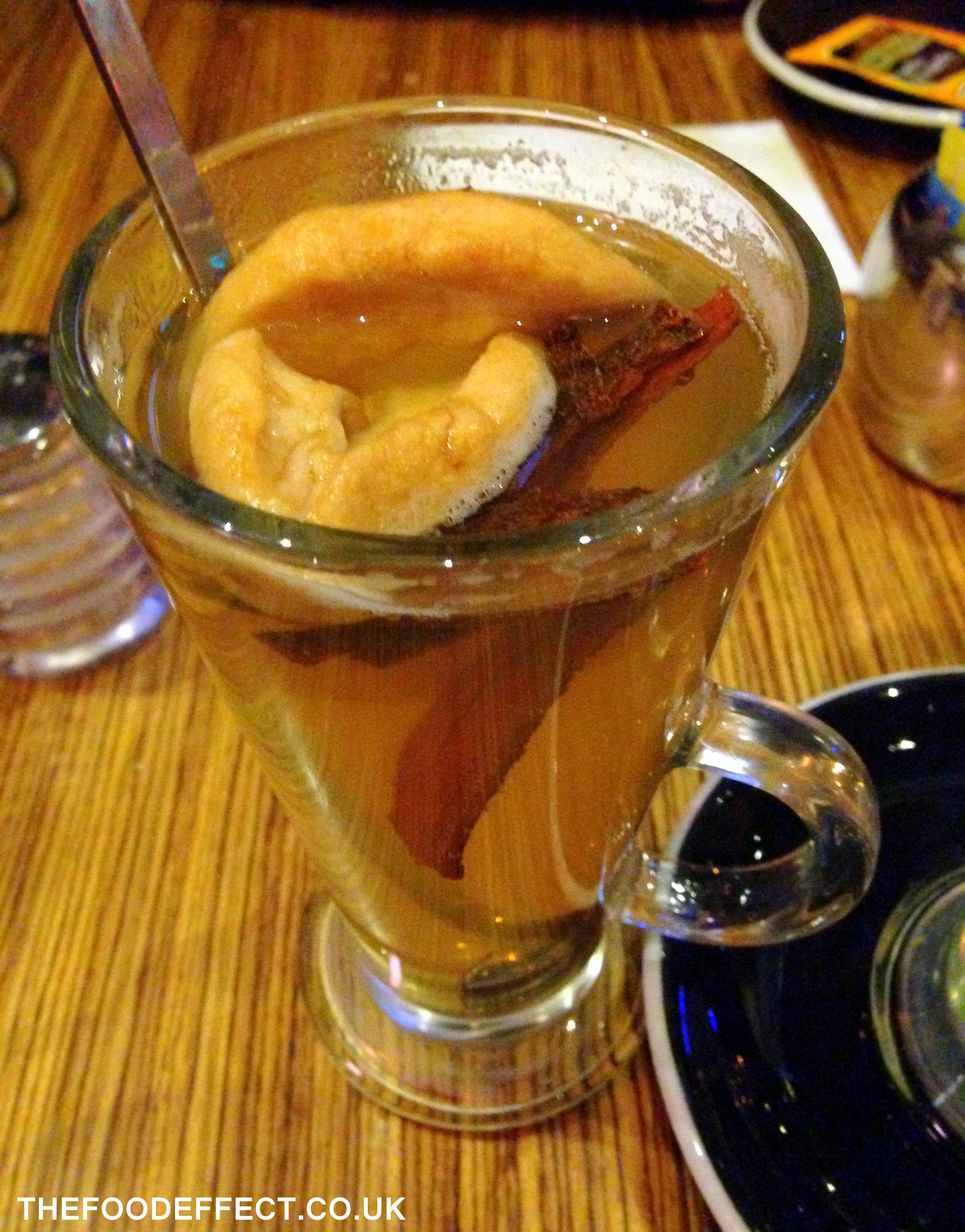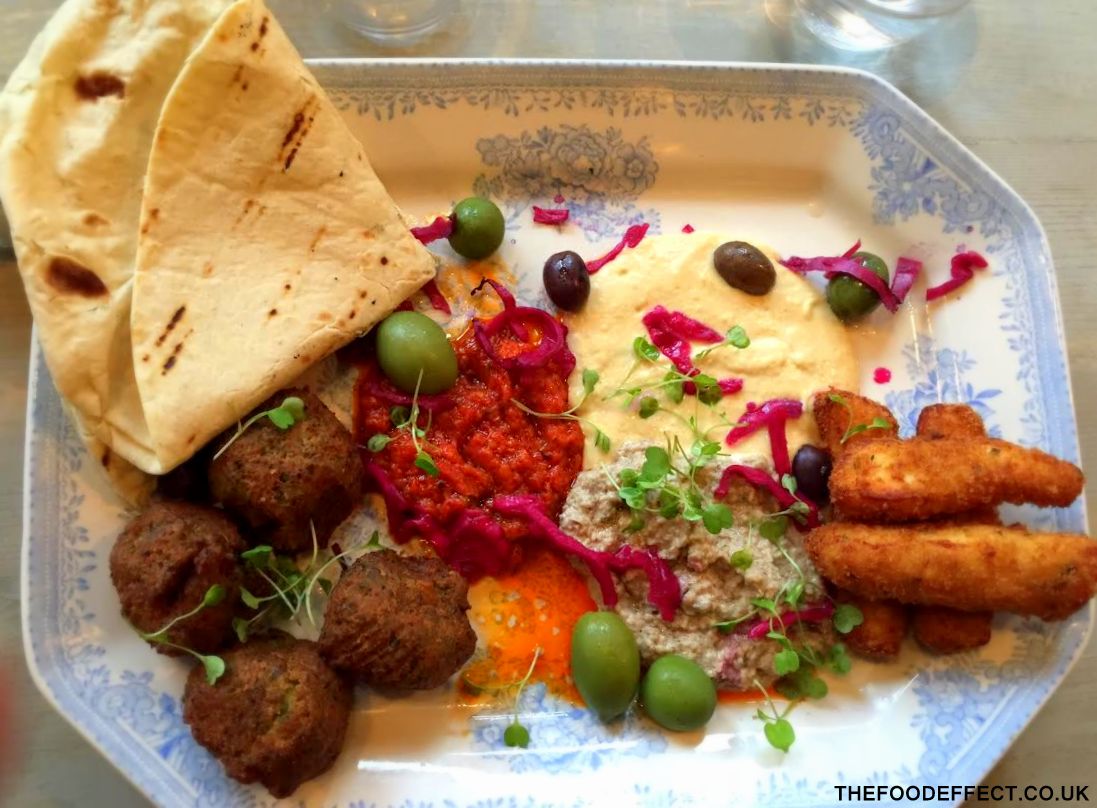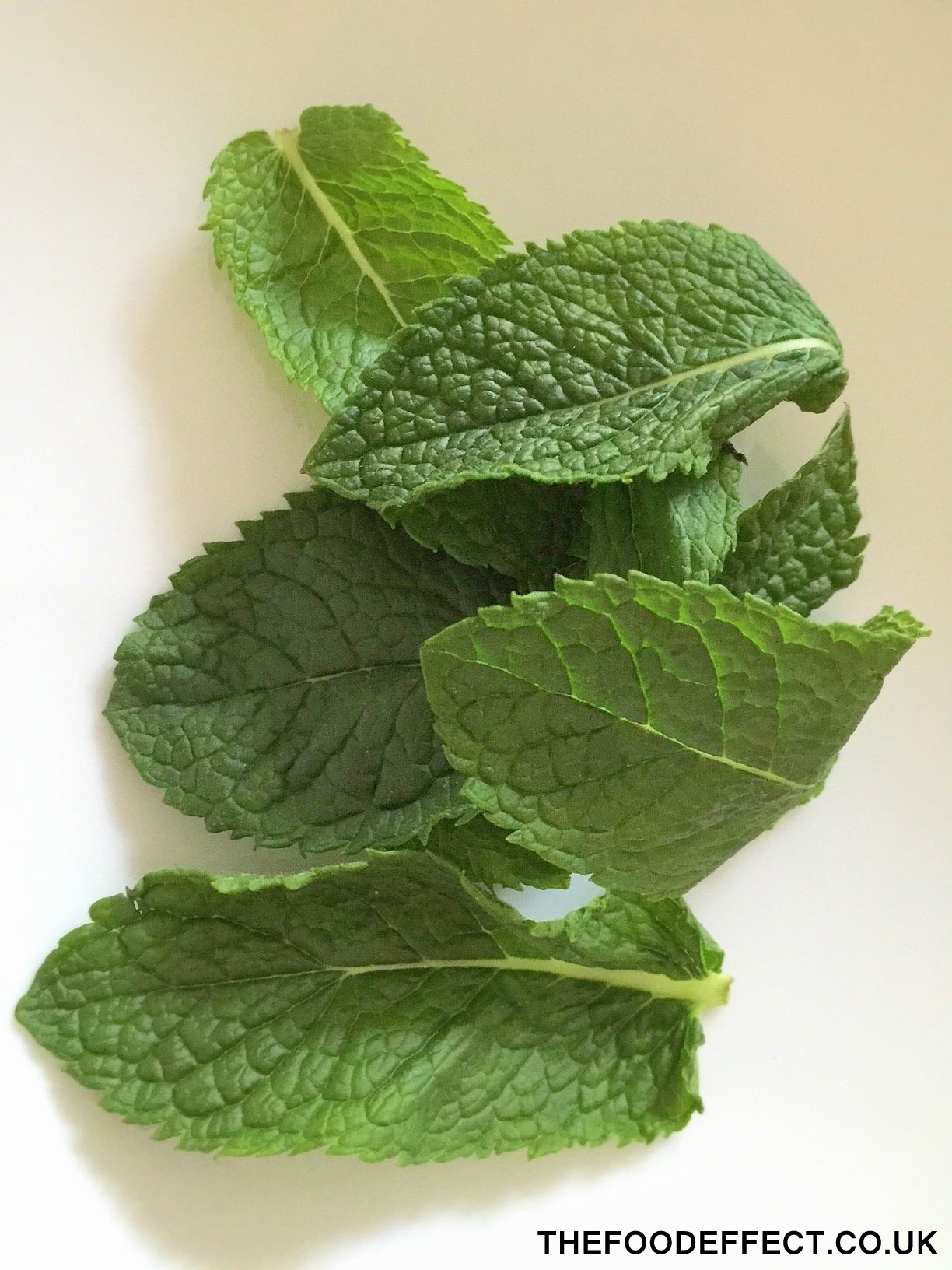SPICES GALORE
Spices have played an important part in both the history of food and trading. The opening up of trade routes between West and East was largely due to the demand for spices in Europe, thanks to the dual purpose they served: both enlivening an otherwise bland diet and disguising the scent and flavour of not-too-fresh foodstuffs.
The seeds, bark and roots of certain plants, spices can be bought ground or whole, although experts say they have a better flavour if you grind them from fresh (using a mortar and pestle or a spice grinder). Ground spices also lose their flavour quicker (after about a year), so another upside to buying them “whole” is that you can grind them as and when you need. I’m all for keeping things as quick and easy as possible so I’d say there’s nothing wrong with buying them ground (that’s what I do!), but if you fancy your hand at grinding, then by all means give it a go!
Herbs and spices aren’t only a source of delicious flavours, they can also bring positive health benefits for a range of ailments and diseases. Obviously the list of possible spices is endless, but I’ll touch on a few of my favourites and the most popular in general:
Cinnamon

Cinnamon liberally sprinkled on my All Healthy Coconut French Toast
From the earliest times, one of the most sought-after spices was cinnamon – the soft aromatic bark of the tropical Asian Laurel tree, indigenous to Sri Lanka, that gets its sweet aroma and warm, intense flavor from the process which sees it naturally dried, contracted and rolled into tight quills. Treacherous journeys, complicated political manoeuvres and territorial invasion were all undertaken to procure this precious spice which, in the 16th and 17th centuries, rivalled gold in value.
To this day, cinnamon remains one of the most popular cooking flavours in both sweet and savoury dishes. Cinnamon has been proven to help lower and maintain healthy blood sugar levels and may reduce the risk of developing type-2 diabetes. It is also particularly helpful within a diabetic diet and for non-diabetics to help banish sugar cravings. Sprinkle it over yoghurt and berries, porridge, cereal or try adding some to your latte or cappuccino – delicious! Cinnamon sticks retain their flavour for longer than ready-ground and the quills are easy to grind in a spice grinder. Whole cinnamon sticks should be removed from a dish and discarded after cooking.
Turmeric
Now competing with coffee as “Golden Milk” (turmeric, milk and honey/agave) becomes the new latte of choice, this spice has been http://premier-pharmacy.com/product-category/anti-anxiety/ shown to have important cancer-fighting properties. Curcumin, the chemical that gives turmeric its orange-yellow colour, has been ed shown to kill off oesophageal cancer cells in studies published in the British Journal of Cancer. It can be added to an abundance of recipes – chicken, rice, vegetables – you name it!
Ginger
Ginger has been found to help sufferers of nausea, which can be a miserable and debilitating condition, and has also been found to help pregnant women in the early months of morning sickness. One possible theory is that ginger helps relax the muscles in the stomach and prevents them going into spasm. One study also showed that ginger capsules, taken before and after treatment, can help patients undergoing chemotherapy.
Chili

Chilli added to my Sweet & Spicy Nuts
When it comes to adding a little heat and whole lot of flavor to food with zero fat, no sugar, and very few calories – chilies are a weight-loss dream. Chili peppers don’t just heat up your mouth, the spicy hotness has also been shown to make them an effective weight loss food, thanks to the active ingredient capsaicin, that both gives chilies their heat and has been shown to have the potential to fight fat and curb appetite. Studies have shown that the effects of capsaicin in doses people would normally eat (~1g) reduced cravings for salty, sweet and fatty foods and increased energy expenditure – even hours after a meal. Chilies also cause your body to release heat and increase your heart rate – both helping you burn slightly more calories during the meal. Eating chili can also help lower your cholesterol and increase your intake of many important nutrients. Chili peppers are a good source of vitamins A, C, and E, are rich in folate and potassium and low in sodium and carbohydrates. Whether you’re a spice fanatic or only enjoy a hint of heat, getting more chilies into your diet is easy. Use them fresh in healthy, home-cooked meals, or start milder and add a sprinkling of chili powder or cayenne pepper to omelettes, eggs or avocado on toast. All will provide a fat-burning boost!

My Clean Eating Cajun Chicken uses Chilli, Cumin & Coriander in the recipe
Coriander (AKA Cilantro)
This green leafy herb used extensively in South-East Asian cooking is related to the parsley family. The seeds that come from the fragrant herb are dried and used as an aromatic spice in many dishes, most popularly curries. Coriander seeds should be toasted and are often ground before being used.
Cumin
Cumin is also a member of the parsley family and is native to the Mediterranean region. The golden-brown seeds can be purchased ready ground or, for a stronger flavour, grind when needed in a mortar and pestle. Dry-roasting the seeds before grinding releases the flavour even further. Cumin has a distinctively strong aroma and lingering earthy flavour. It is delicious added to falafel or hummus.

Cumin is a key ingredient in my Best Ever Healthy Homemade Hummus
Peppermint
More familiar as a sweet or tea, peppermint in the form of oil can also have positive benefits in improving the symptoms of irritable bowel syndrome (IBS). Peppermint acts as a relaxant and may also bring about relief from pain and bloating. Fresh mint tea soothes the stomach and aids digestion, while smelling fresh mint leaves is said to help relieve nausea.
Garlic
Garlic is often avoided because of its lasting aroma, but it really is a wonder food! Garlic has shown some of the strongest links to cancer prevention in studies on diet by The World Cancer Research Fund and the American Institute for Cancer Research. Garlic is low in calories and fat and packed with phyto-chemicals and antioxidants that, as mentioned, help reduce cancer risk. Not to mention, it is packed full of flavor – add it to chicken, fish, roasted vegetables, salad dressings, hummus or soups – the list is endless!
Spices should be stored in a cool, dry place and used with a bit of caution at first, so you can decide whether you like them with a particular food or in a particular dish. There are some traditional pairings, such as cinnamon with apples and nutmeg with spinach or pumpkin, but follow your own instincts. It is personal taste that results in new recipes being invented. Spices can make your food delicious and exciting and replace the flavour lost by reducing salt, sugar or unhealthy fats. So what are you waiting for? It’s time to spice up your life! 😉
Leave a Response
You must be logged in to post a comment.











